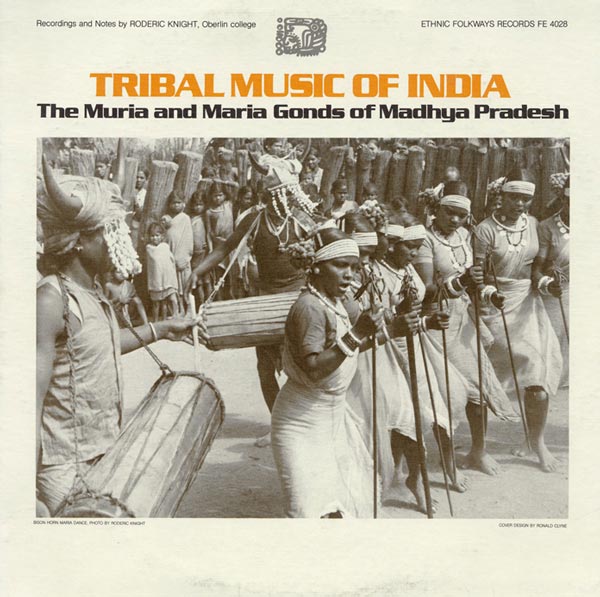Shekhar Krishnan Posted: Sat Jul 12 1997 IST
[…] The recording industry has come a long way since the days when colonial archivists would travel the corners of British India recording tribal folk songs and temple bhajans making wax masters which they took back to England for pressing. The Dum Dum factory of the Gramophone Company of India — later known as HMV (His Master’s Voice) — was established in 1908, and was India’s largest record manufacturer until Polydor opened a Bombay factory in 1969. But as vinyl record production increased, it was steadily eclipsed by newer mediums until the present day, when it is no more than a collector’s item. […]
Source: The fading sounds of LP records
Address : <http://www.indianexpress.com/Storyold/6486/>
Date Visited: Mon Jul 11 2011 15:45:59 GMT+0200 (CEST)
[Bold typeface added above for emphasis]
See also
Audio | Santali Traditional and Fusion Songs: Ghosaldanga Bishnubati Adibasi Trust – West Bengal
Crafts and visual arts | Masks
India’s tribal, folk and devotional music: Secular and ceremonial songs
Memory of the World Programme – Unesco
Music and dance | Musicology | Adivasi music and the public stage by Jayasri Banerjee
Video | Banam lutes and fiddles of the Santal people – Jharkhand & West Bengal
Video | Celestial Dancers of Manipur
Video | Cultural traditions of the Halakki people – Karnataka
Video | Khasi musical heritage of Meghalaya
Video | Kota women’s dance: Shivaratri celebrations – Nilgiris – Tamil Nadu
Video | Santali video album “Ale Ato” (Our Village, Part 1 of 2) – West Bengal
Video | South Gujarat tribal music documentation by Bhasha – Gujarat
Video | Tribes in Transition-III: “Indigenous Cultures in the Digital Era”
Video | Safe contents for educational use on many topics (music, visual arts and more)
